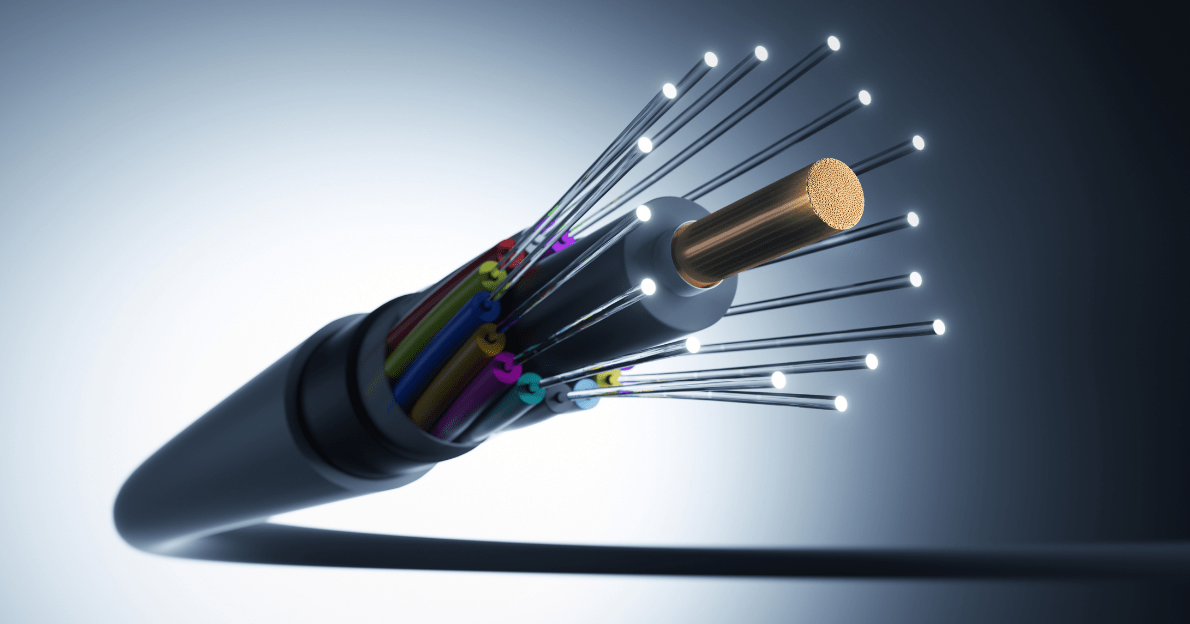Unveiling the Mysteries of Micromodule Fiber Cables
In the intricate world of modern technology, where communication reigns supreme, one crucial element often operates behind the scenes, silently facilitating our interconnectedness: micromodule fiber cables. While they might not be in the limelight like the latest gadgets or software, their significance cannot be overstated. Let's embark on a journey to demystify these unsung heroes of connectivity.
Imagine a vast network of information highways, spanning continents and oceans, seamlessly transmitting data at the speed of light. At the core of this network micromodule fiber cable, the backbone of our digital age. Among them, micromodule fiber cables stand out for their efficiency and versatility.
Unlike traditional fiber cables, micromodule cables are compact and lightweight, yet they pack a powerful punch in terms of performance. Their slender form factor belies their robust capabilities, making them ideal for various applications, from telecommunications to data centers and beyond.
One of the key advantages of micromodule fiber cables is their flexibility. Thanks to their slender profile, they can be easily installed in tight spaces or routed around obstacles, offering unparalleled versatility in network design. Whether it's weaving through crowded conduits or traversing challenging terrain, micromodule cables adapt effortlessly to the demands of modern infrastructure.
Moreover, micromodule cables excel in scalability, allowing for seamless expansion as network requirements evolve. Their modular design enables quick and cost-effective upgrades, ensuring that your infrastructure remains future-proof in the face of technological advancements.
But what sets micromodule fiber cables apart from their counterparts? It's not just their size or flexibility but also their performance. Despite their diminutive stature, micromodule cables boast impressive bandwidth and data transmission capabilities, enabling high-speed communication across vast distances with minimal signal loss.
Furthermore, micromodule cables are engineered for reliability, with robust construction that withstands environmental hazards and physical stressors. Whether it's extreme temperatures, moisture, or mechanical strain, these cables deliver consistent performance under challenging conditions, ensuring uninterrupted connectivity when it matters most.
In conclusion, micromodule fiber cables may be small in size, but they play a monumental role in shaping our interconnected world. From powering telecommunications networks to enabling cloud computing and beyond, these unassuming cables are the lifelines of our digital age. By demystifying their complexities and understanding their capabilities, we gain a deeper appreciation for the indispensable role they play in driving innovation and connectivity forward. So, the next time you marvel at the wonders of modern technology, remember to acknowledge the silent heroes that keep us connected—micromod

